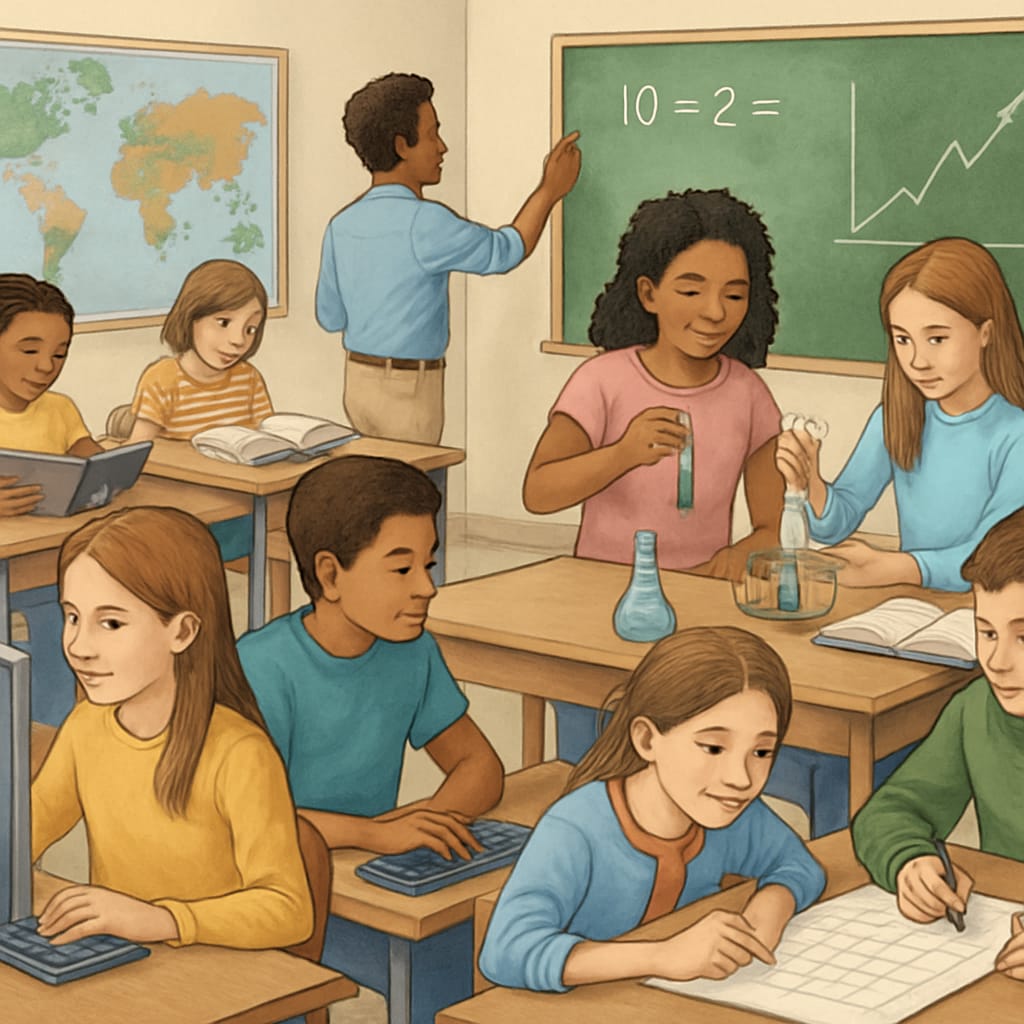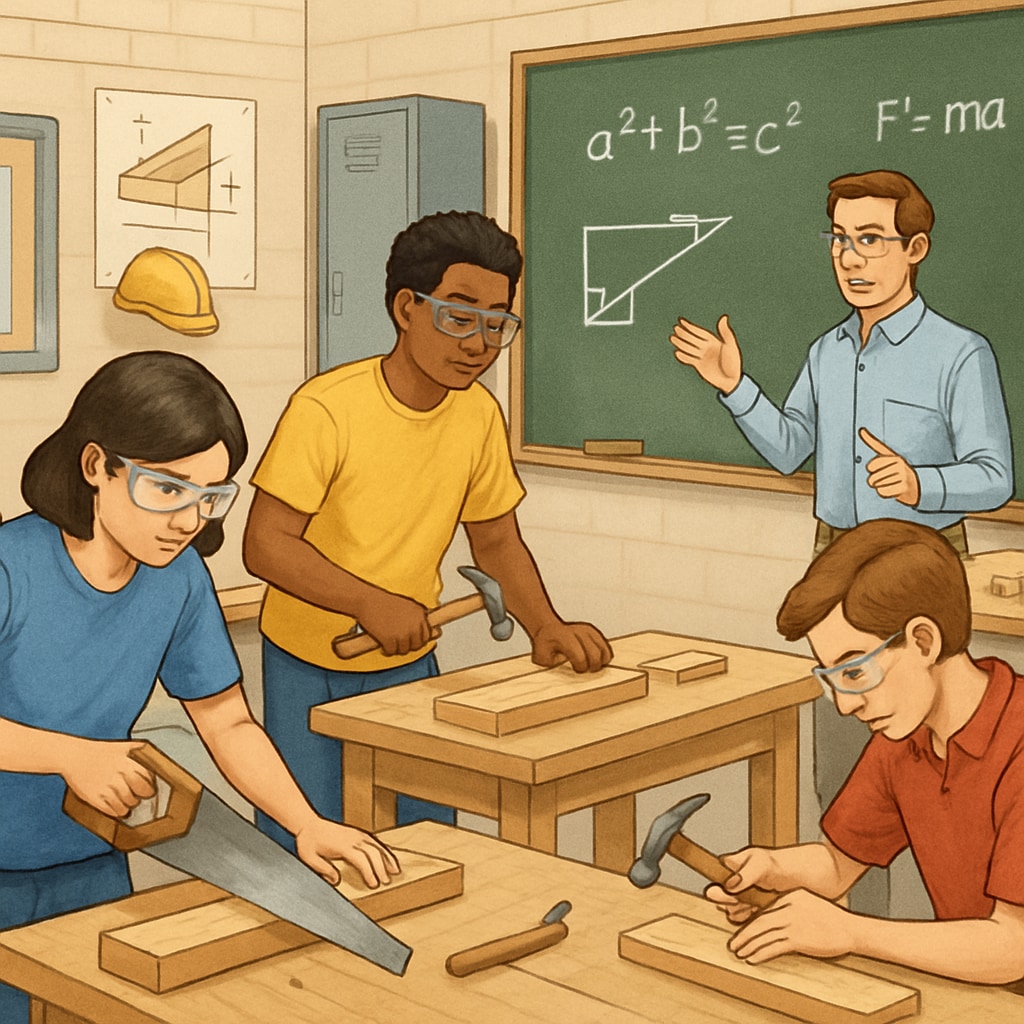In modern education, balancing CTE, school districts, traditional academics, and educational structure has become increasingly vital to preparing students for both college and career readiness. Career and Technical Education (CTE) equips students with practical skills and real-world experience, while traditional academic subjects provide foundational knowledge and critical thinking abilities. This article examines effective implementation models to integrate CTE and traditional academics in K12 education, ensuring holistic student development.
Why CTE Matters in K12 Education
CTE programs emphasize practical skills and career-focused learning, offering students opportunities to explore industries like healthcare, technology, and engineering. According to Britannica, schools with strong CTE programs often see improved student engagement and higher graduation rates. However, integrating CTE into the existing educational structure without undermining traditional academics can be challenging for school districts.

Models for Balancing CTE and Traditional Academics
Several models have been proposed to balance CTE with traditional academic subjects. These include:
- Integrated Curricula: This approach blends technical skills with core academic subjects, such as using engineering principles in math lessons or integrating writing skills into project-based science assignments.
- Block Scheduling: Students alternate between academic and technical courses on a weekly or semester basis, allowing dedicated time for each area of study.
- Dual Enrollment: High school students take college-level CTE courses alongside their academic classes, gaining both high school and college credit.
Each of these models requires careful planning to align with the school district’s resources and community needs.

Impact on Student Development
Balancing CTE and traditional academics has a profound impact on students. For example:
- Career Readiness: Students graduate with skills directly applicable to the workforce, improving employability.
- Academic Growth: Interdisciplinary learning fosters critical thinking and problem-solving abilities.
- Engagement: Hands-on and relatable experiences boost student motivation and reduce dropout rates.
For more insights on CTE benefits, visit the Career and Technical Education page on Wikipedia.
Practical Strategies for Implementation
School districts aiming to integrate CTE with traditional academics should consider the following strategies:
- Community Collaboration: Partner with local industries to design CTE programs that meet workforce demands.
- Teacher Training: Equip educators with the skills to deliver interdisciplinary lessons that blend technical and academic content.
- Flexible Scheduling: Offer students a choice of electives that combine both technical and academic elements.
These practices create an adaptable educational structure that serves diverse student needs.
Readability guidance: Use concise paragraphs and bullet points to summarize key ideas. Ensure a balance of technical and general content to maintain accessibility for all readers.


